This post has been sponsored by Saki. All opinions expressed are my own.
Turkish Coffee is, in my opinion, one of the most delicious and unique ways to consume coffee. In terms of flavor, Turkish coffee is best described as 'fruity' and 'nutty,' without even a hint of 'coffee bitterness' or 'acidity.'
When made 'just right,' however, it's the texture of Turkish coffee that I love the most, being 'pleasantly thick' or even 'syrup-like.' Capped with a thick crema that ranges from gold to coffee-brown, the coffee is a delight as much for the eyes as for the palette.
Delicious 'and' gorgeous. There has to be a catch, right?
Sadly, yes.

Turkish Coffee is 'not' easy to make right. It combines an 'infuriatingly simple' process, wherein 'everything' must go 'just right,' or you've spoiled the coffee. Its crema is especially hard to get right, relying on perfect timing and technique.
If you want this topic covered in more detail, I covered the topic of Turkish Coffee in some detail here on Living the Gourmet. Yes, I 'did' get the crema 'just right.' And yes, it did take a lot of practice.
Today, however, we're taking the complexity out of making delicious Turkish Coffee, and we'll be doing so with a little help from the Saki Turkish Coffee Maker, but more on this gem of a device below.

Ingredient Checklist
Here are the ingredients you'll need for making today's coffee, along with a few notes on each.
- Powder Fine Coffee. For Turkish coffee, you 'need' to use coffee that's been ground down to a fine powder. This is called 'Turkish Grind Coffee.' The type of coffee (light roast, medium roast, dark roast, etc.,) used doesn't make a huge difference, and is largely a matter of preference. I personally prefer light or medium roast for Turkish coffee. Note: If you do 'not' use powder fine coffee, you will end with a mess on your ends, as the coffee will (literally) erupt from the pot.
- Water. Water quality does indeed matter when making coffee. As a good rule of thumb, if you would drink and enjoy the water on its own, that water is fine for coffee.
- Sugar. Simple granulated sugar, nothing fancy.
- Cardamom. Some like a pinch of Cardamom in their Turkish coffee, for a bit of added complexity and 'warming notes.' Personally, I take mine without it.

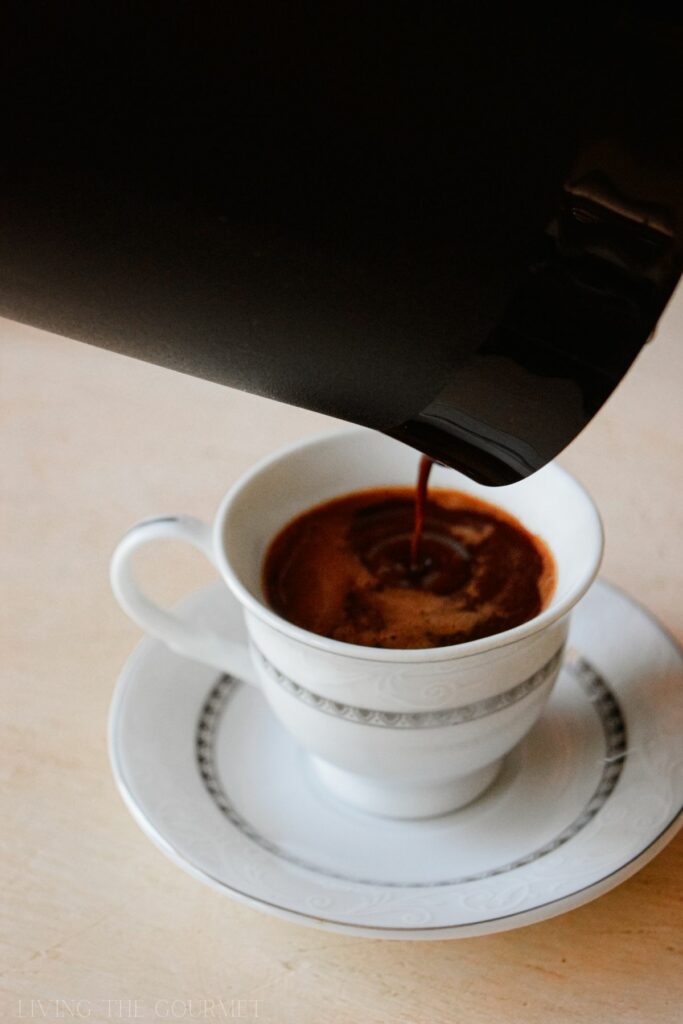
Coffee Ratios - Perfecting the Brew
- Coffee to Water. I use a ratio of about two and half teaspoons (12.3ml) to about 2.5 ounces of water (73.9ml). That's a roughly 1 to 6 coffee-to-water ratio. This is for one serving.
- Sugar to Coffee. I take my Turkish coffee on the sweeter side, and use one to two teaspoons of sugar. That means a one to one (!!!) or one to two ratio of sugar-to-coffee.
Substitutes - There aren't any
- Powder Fine Coffee. I want to reiterate, there is no substitute for using powder fine coffee. Again, using a larger grind will result in a mess. Yes, I myself have learned this the hard way.


What You'll Need - The Equipment
- The Saki Brewer. This device takes 'all' of the complexity out of producing a cup of Turkish Coffee. This is perhaps the most fool-proof way to produce this delicious type of coffee. As a nice bonus, the machine takes up minimal counter space, being delightfully compact, and is blissfully simple to use. And yes, it 'does' produce a nice crema for the coffee - since what's Turkish coffee without it's natural crema? More on this machine below.
- Demitasse Cups. Turkish Coffee is consumed as 'espresso shots,' with one serving being about two and half ounces.
Step by Step - Using the Saki Brewer
Truthfully, making coffee doesn't get any easier than this. Here's the rundown on how to use the Saki.
- 1) Combine. Add your coffee, water, sugar, and cardamon (if desired) into the pot.
- 2) Stir. Stir until well combined.
- 3) Press The Button. Press the button for the amount of coffee you're making. About twenty seconds later, you've got your brew.

For Comparison: Step by Step - Using a Traditional Cezve
Turkish Coffee is traditionally prepared using a copper (or silver) pot called a cezve, ibrik, or briki (depending on the region). This pot features a wide bottom and thin neck. The unique shape facilitates 'gathering' the foam, as the foam will 'erupt' from the bottom and 'gather' within the neck of the pot, where it becomes dense and sticky.
For the purposes of comparison, I'm going to give you the rundown on making Turkish Coffee the traditional way. Yes, this is a bit tricky, and is a process that definitely takes some getting used to. You will 'not' get it right on your first try - or possibly your third or fourth. It really does take practice and patience.
Note that all of this occurs with the same measurements as used in the Saki brewer.
- Place the Turkish grind coffee in the cezve.
- Place your desired amount of sugar in the cezve
- If using Cardamom, add in a small pinch of the herb.
- Place the water in the cezve. Do NOT stir.
- Place the cezve over 'very' low heat.
- After the coffee grinds begins to sink, and the surface of the water in the pot begins to look 'mud like,' take a small spoon and very gently stir the mixture until it appears finely combined (roughly about fifteen rotations). Do NOT over stir.
- Wait for small bubbles to begin forming around the perimeter of the coffee. Bubbles may not appear around the 'entire' perimeter of the coffee, that is fine.
- Once the bubbles have appeared, remove the coffee from the heat. If available, place the cezve on a cool surface - such as a granite countertop. This helps reduce the temperature more rapidly.
- Let the coffee rest for at least sixty seconds.
- Return the coffee to the heat, lowering the heat slightly.
- Allow the coffee to form bubbles a second time. When the bubbles start appearing, raise the coffee from the heat until the bubbles calm down, then lower the coffee back onto the heat, briefly allowing the bubbles to form a final time.
- Pour the coffee.
- How you pour the coffee is very important. Either pour the coffee rapidly at first, and then reduce to a trickle. 'Or' pour the coffee very, very slowly from start to finish. In either case, a dense, uniform 'crema' should form over the top of the coffee, such that no coffee is visible.
- If the crema forms as in the pictures, you have prepared the coffee properly.
Simple, right? Or you can instead use the Saki Brewer, and have your coffee at the touch of a button.

Traditional Turkish Coffee
- Total Time: 5 minutes
- Yield: 2 servings 1x
Ingredients
- 2 1/2 teaspoons Turkish Grind Coffee
- 2.5 ounces water
- 1-2 teaspoons sugar
- Dash of Cardamom, optional
Instructions
- Using your Saki Brewer, add the Turkish ground coffee, water, and sugar to the pot.
- Next, select the number of cups you desire and listen for the beep to know your coffee is now ready. Enjoy!
- Prep Time: 2 minutes
- Cook Time: 3 minutes
- Category: Drinks
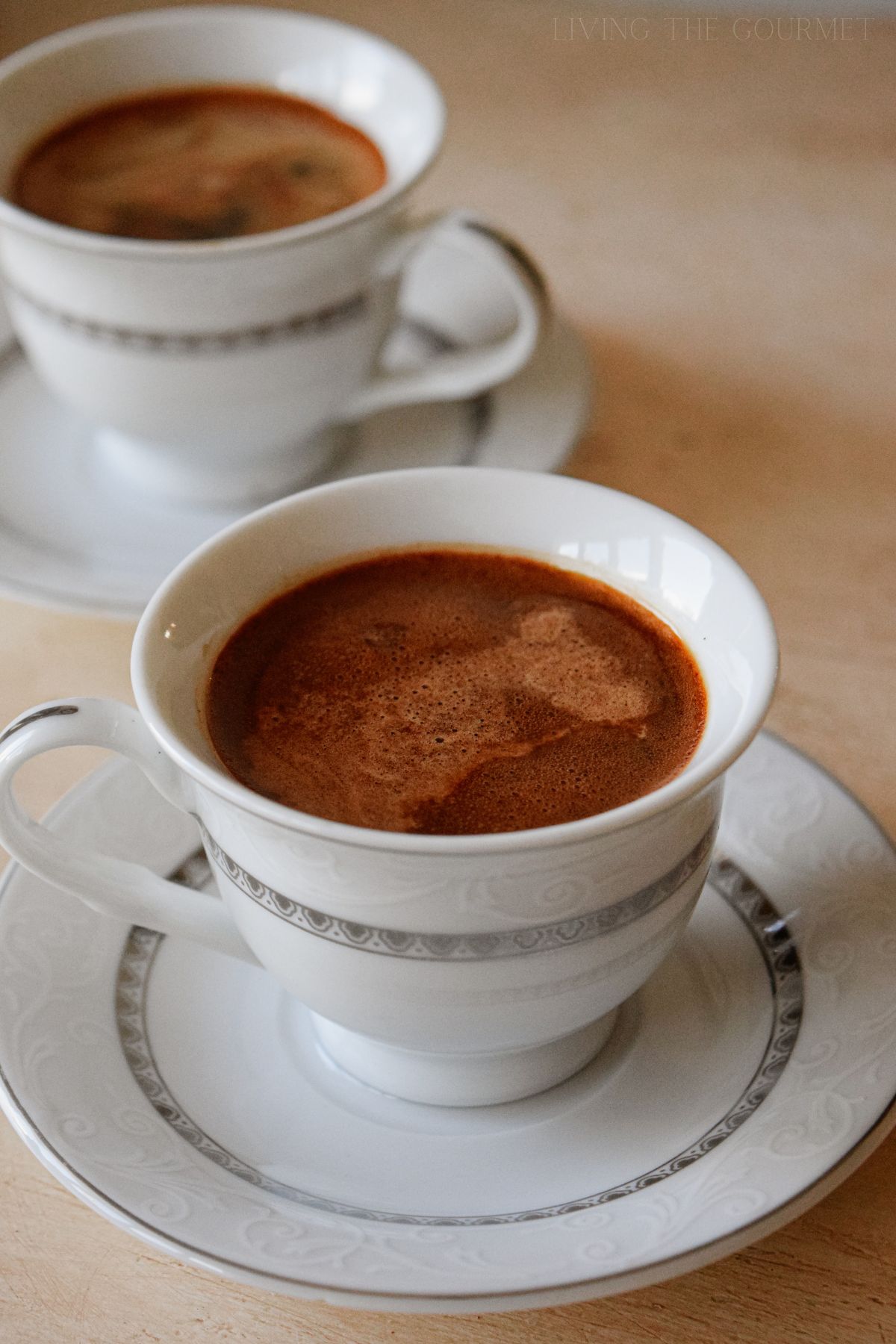
And that's our guide to brewing Traditional Turkish Coffee. If you enjoyed today's recipe or have any questions or suggestions, be sure to let us know in the comments below. We always love hearing from you. Enjoy!
2
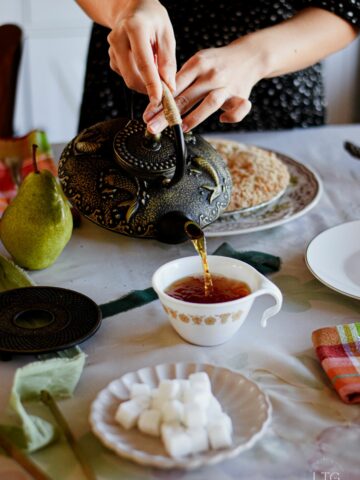


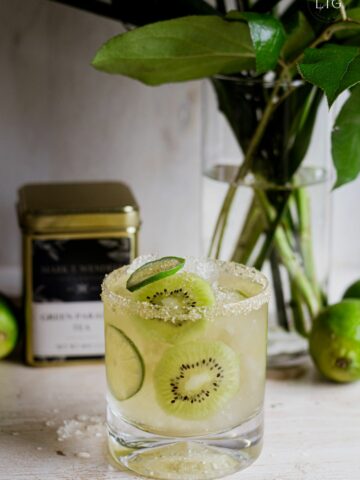

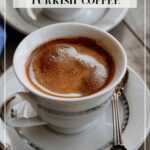

Beth says
This sounds absolutely delicious. I love coffee in any form, and I'm always looking for new ways to enjoy it. Yum!
Stephanie says
I've never tried Turkish coffee before, but if it doesn't have the bitterness I might actually like it. I don't like coffee because it's usually bitter.
Khushboo says
I have never head of Turkish coffee. It looks like a good coffee. I want to try this coffee sometime
Marysa says
I have never had Turkish coffee before, but I have heard that it is wonderful. It would be fun to make this at home.
Yeah Lifestyle says
My mum loves Turkish coffee so this is something I could try to recreate for her to see if she likes it as well. Your recipe looks delicious
Jupiter Hadley says
I have never had Turkish coffee, but it is so neat to learn about it and hear about the rations that make it the best! Thank you for sharing.
Melissa Cushing says
I have never ties Turkish coffee and would lv to! Looks so rich and yummy!